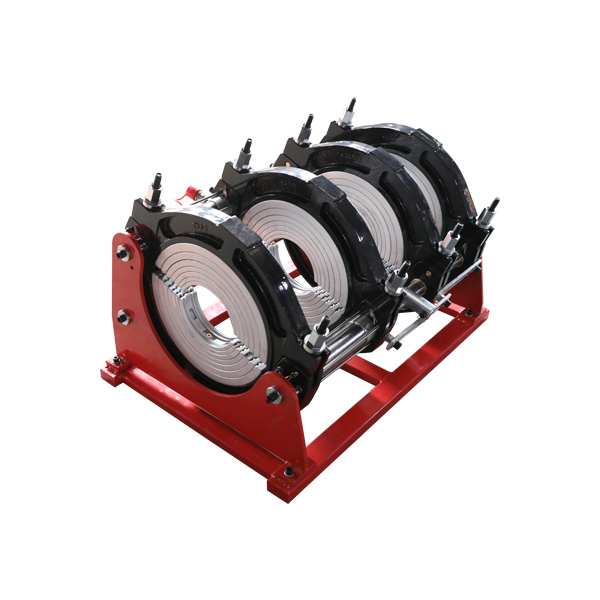Contact us

There are many reasons for fire and explosion accidents […]
There are many reasons for fire and explosion accidents during welding.
First is that sparks, molten metal and red hot particles of molten slag splash around during welding, which ignite the surrounding flammable and explosive materials and cause fire and explosion;
Second is that the cord of the electric welding machine is dragged on the ground for a long time, resulting in damage, rupture, and short circuit, causing a fire;
Third is the random connection of the electric welding ground wire causing fire;
Fourth, the welding machine itself and the power cord are damaged at all times, causing short-circuit heat and fire;
Fifth, when welding and repairing a container with flammable and explosive materials, the container was heated and exploded due to uncleaned replacement welding. In addition, welding in flammable and explosive warehouses can also cause explosion accidents because feasible preventive measures are not taken.
Therefore, the following preventive measures should be strengthened during welding operations:
During welding operation, no flammable and explosive materials should be placed within 5M around the site, and oxygen cylinders and acetylene cylinders should be separated by more than 10M; when welding at high altitude, the flammable and explosive materials below should be removed to prevent hot spatter and heat generation The tip of the electrode fell into it and caused fire and explosion accidents.
Try to avoid dragging the welding machine cord on the ground. If you need to drag it, you must also gently pull it to prevent the cord from being scratched by hard and thorny objects. If the edge layer of the flexible cord is damaged or aged, it should be bandaged or updated in time. The ground wire of the welder should not be connected randomly. If it is found that the welding machine itself is completely damaged, it should be repaired and replaced in time
When welding a container, first find out whether the container has been exposed to flammable and explosive materials. If the container has been exposed to excessive clothing, it should be thoroughly cleaned and replaced before welding. Welding of containers and equipment with liquid pressure, gas pressure, and electricity is strictly prohibited .
Welding operations are not allowed in rooms and places where flammable and explosive materials are stored. If welding is required, the flammable and explosive materials must be removed first. If there are difficulties, strict isolation measures should be taken to prevent welding sparks and red hot particles from splashing and causing fire and explosion accidents. .
Wood boards and wooden bricks should not be used as backing during welding operations, so as not to cause the wood materials to heat up and burn and catch fire. Iron plate backing should be used.


Quick Links
Products
Contact Us

